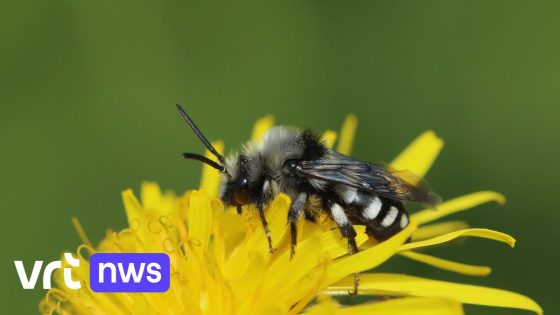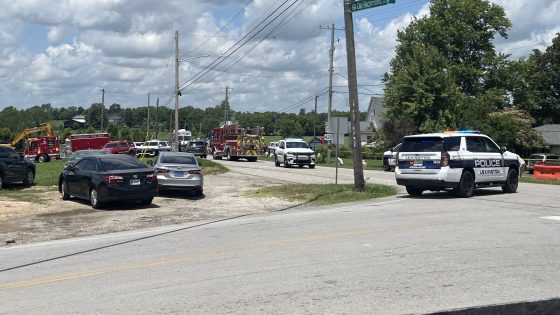Nearly one in three wild bee species in Flanders is now classified as threatened or vulnerable, according to the first Flemish Red List for wild bees. This alarming discovery highlights the urgent need to protect these essential pollinators, whose decline could impact local ecosystems and agriculture. The report was unveiled by Natuurpunt in Dilsen-Stokkem on 2025-07-22 17:47:00, marking a significant step in raising awareness about the state of wild bees in the region.
- Bijna 1 op 3 wilde bijensoorten bedreigd
- Natuurpunt publiceert eerste Vlaamse rode lijst
- 10 procent inheemse bijensoorten verdwenen
- Bedreiging en kwetsbaarheid van bijen vastgesteld
- Rode lijst gepresenteerd in Dilsen-Stokkem
In addition to the high percentage of threatened species, the study reveals that 10 percent of native wild bee species have already disappeared from Flanders. How did this happen, and what does it mean for biodiversity in Belgium? The findings prompt US to consider the consequences of habitat loss, pesticide use, and climate change on these vital insects.
Understanding these challenges leads us to ask: what can be done locally to halt or reverse this decline? The answers lie in targeted conservation efforts and increased public engagement.
Why are wild bees disappearing at such a rate? This decline signals broader environmental issues that demand immediate attention. Key points include:
- Habitat destruction from urban expansion and intensive farming
- Negative effects of pesticides and pollution on bee populations
- Climate change altering flowering patterns and bee behavior
- The crucial role of wild bees in pollinating native plants and crops
Moving forward, it is essential for local communities, farmers, and governments to collaborate on creating bee-friendly environments. Can we reverse this trend before more species vanish? Increased awareness and concrete conservation measures could secure a healthier future for wild bees in Flanders and beyond.
































